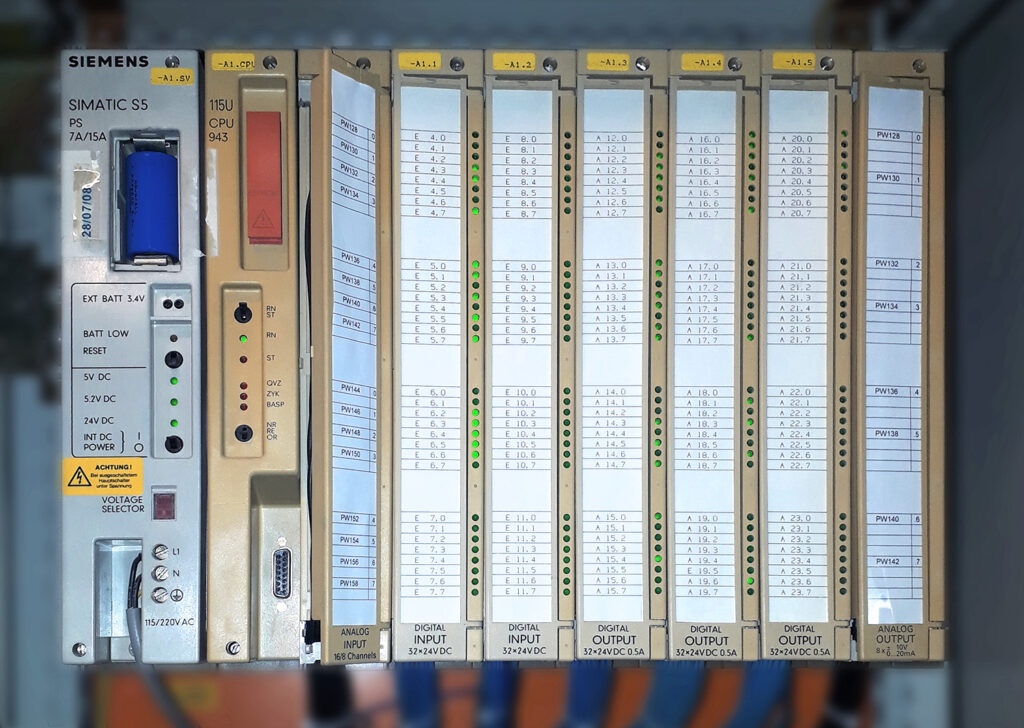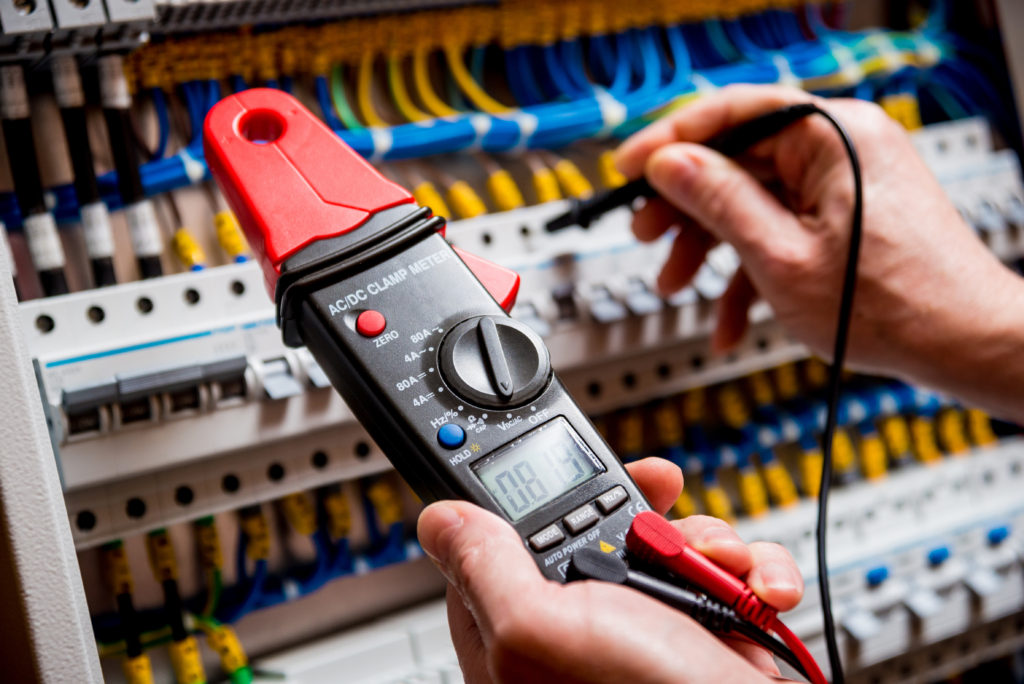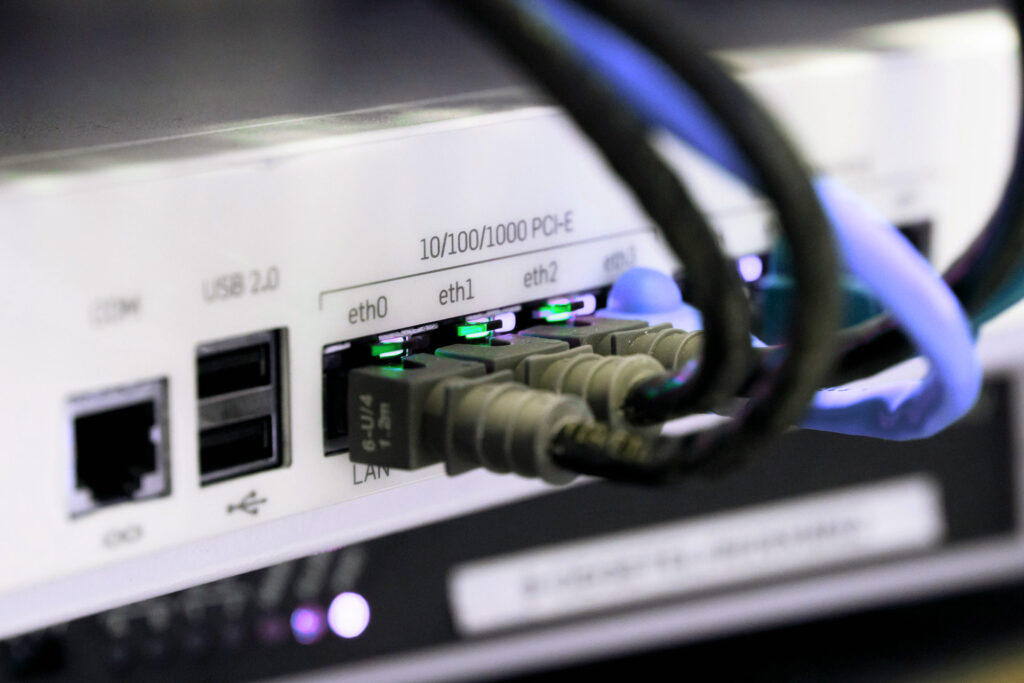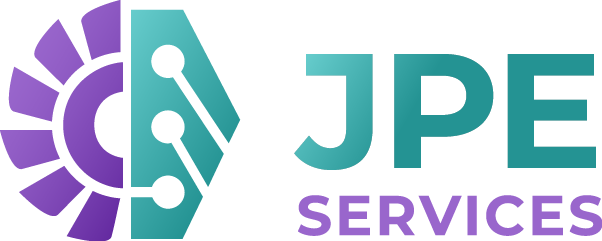Obsolescence & lifecycle analysis
- The main objective of the inspection is to determine the status of the existing systems (up-to-date, obsolete, not supported etc.) as well as the completeness of the spare parts inventory.
- Installed base inspection focused on determine what is installed (control systems, motion control, workstations etc.) gathering data about part numbers, versions and other information that can be helpful to identify the parts.
- Verification of the spare parts inventory to identify potential gaps (missing parts), parts versions, potential inconsistencies.
- Detailed report (to be released 2-4 weeks after the visit) where will be gathered all the visit information as well as considerations about the aging status of the plant.
- List of the systems/equipment to be “inspected”, their location within the plant.
- If not clearly identified the plant personnel should “label” the equipment so it could be clearly identified in the report and in the potential corrective action plan.
- Spare parts inventory list.
- List of the repairs of at least 2-3 years back
- The report will provide some information about the aging status of the installed systems/equipment, the parts that are hard to find, what is out of the support period as well as the list of the recommended spare parts.
- It will be provided basic recommendations about potential parts compatibility challenges as well as maintenance activities.

System Analysis
- This is a maintenance-oriented inspection with the objective to determine the “aging status” of the various systems as well as the identification of critical situations (no supported parts, missing backup etc.).
- A general inspection to determine the overall aging status of the various systems
- Analysis (with plant maintenance personnel)
- Of the past failure events as well as the repair services (for an indicative period of 2-3 years)
- Existing problems
- Existing maintenance procedures (if any)
- General review
- Of the spare part inventory
- System connectivity capability
- Status of the supervisory/engineering tools available at the plant to be used by operations or diagnostic activities
- Detailed report (to be released 2-4 weeks after the visit) where will be gathered all the visit information as well as considerations about the status of the systems.
- List of the systems/equipment to be “inspected”, their location within the plant.
- If not clearly identified the plant personnel should “label” the equipment so it could be clearly identified in the report and in the potential corrective action plan.
- Spare parts inventory list.
- List of the repairs of at least 2-3 years back.
- List of the system failures of at least 2-3 years back.
- List of the maintenance procedures that are used on control systems, motion control, workstations/servers.
- The report will provide the basics to develop a proper maintenance plan, to identify missing maintenance procedures as well as some information about the aging status of the installed systems/equipment.

Modernization & Failure analysis
- This type of inspection can be oriented to get the basic information to determine the current status of the application, the completeness of the project documentation, connectivity status, failure risk etc. That can be used for a potential migration phase.
- As alternative the application could be analyzed to identify potential risk of specific systems due to aging, knowledge, spare parts availability and other factors.
- Installed base information gathering (control systems, motion control, workstations etc.) including data about the application (number/type of I/Os, 3rd parties’ interfaces, application architecture analysis etc.…).
- Application & architecture analysis to identify critical equipment or systems (based on obsolescence/aging status, complexity to intervene, hard to find parts, failure rate and other factors.
- Detailed report (to be released 2-4 weeks after the visit) where will be gathered all the visit information as well as considerations about the status of the plant.
- List of the systems/equipment to be “inspected”, their location within the plant.
- If not clearly identified the plant personnel should “label” the equipment so it could be clearly identified in the report and in the potential corrective action plan.
- Spare parts inventory list.
- List of the repairs of at least 2-3 years back.
- List of the system failures of at least 2-3 years back.
- List of the maintenance procedures that are used on control systems, motion control, workstations/servers.
- The report will provide the basics to develop a proper action plan to mitigate the failure risks of the most critical system/equipment or as alternative get the basics to prepare a migration plan.

Connectivity & Cyber security
- Nowadays most of the plants are pursuing the possibility to get visibility for the plant floor but in the meantime keep an eye on the cyber security and the existing system vulnerabilities.
- This type of inspection will explore both topics with the objective to give some solutions and/or recommendation on what should be done.
- Application inspection focused on determine the connectivity capability of the existing systems …
- Application & architecture analysis to get the basics about the existing systems vulnerability (network, procedures, HW etc.) as well as a detailed assets inventory.
- Detailed report (to be released 2-4 weeks after the visit) where will be gathered all the visit information as well as considerations about the status of the plant.
- List of the systems/equipment to be “inspected”, their location within the plant.
- If not clearly identified the plant personnel should “label” the equipment so it could be clearly identified in the report and in the potential corrective action plan.
- List of the cyber-security/maintenance procedures that are used on control systems, motion control, workstations/servers.
- Application architecture diagram with all the basics related to the various connections.
- The report will provide the basics to develop a basic action plan to mitigate the vulnerability of the systems as well as the current status of each asset (from the IT perspective) … or as alternative get the basics about the connectivity capabilities of each system.

General Inspection
- It is generally used as initial step to determine critical situations, an overall picture of the systems aging status, as well as foundation for preventive and periodic maintenance activities.
- As a consequence of that this type of inspection requires more efforts and may lead to a corrective action plan or even additional specific inspections.
- General application inspection focused on determine the list of the systems/equipment and components …
- Application & architecture analysis to get the basics about the existing systems status, failure rate, existing issues, current maintenance procedures etc.…
- Detailed report (to be released 2-4 weeks after the visit) where will be gathered all the visit information as well as considerations about the status of the plant.
- List of the systems/equipment to be “inspected” and related location.
- If not clearly identified the plant personnel should “label” the equipment so it could be clearly identified in the report and in the potential corrective action plan.
- Spare parts inventory list.
- List of the repairs of at least 2-3 years back.
- List of the system failures of at least 2-3 years back.
- List of the maintenance procedures that are used on control systems, motion control, workstations/servers.
- Usually, this is the initial inspection and for this reason will provide some general recommendation on various areas regular/preventive maintenance, assets aging status, etc.…
- The visit gives the foundation for additional and more detailed action plan which could be corrective (in case of existing issues) or simply focused on specific plant priorities

